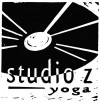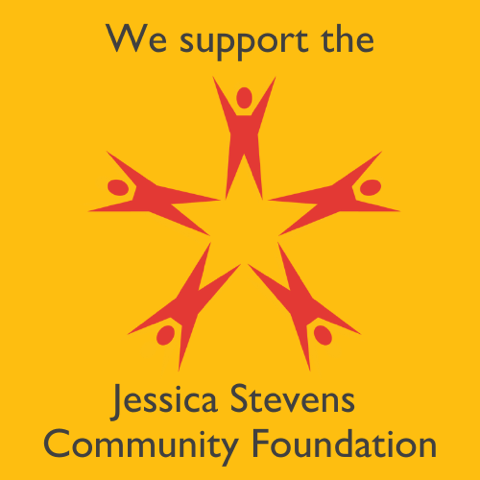A few days ago, I asked a student to show the class revolved side angle pose. I wanted her to do it since I can’t ground my heel and achieve the “full pose”. Instead, I do it with a lifted heel. It works for me so I’ve never spent much time figuring out why I can’t put my heel down. After she demonstrated, she asked what I thought was limiting me. I’ve always assumed that my hips were too tight to allow for grounding the back heel. Then there’s ankle flexibility, genetics, and the incentive to spend time practicing the pose – so the answer was “no, not really”. If I’m truly honest, I’ve never found revolved side angle pose compelling enough to challenge my limits with it. I’ve always been satisfied with my variation.
The next morning on the mat, however, I got curious. Partly because I feel it’s important for me to “practice what I preach” and also, I truly wondered if I could find more steadiness and ease in revolved side angle if I practiced it earnestly and not be bound to my perceived end point (another thing that I preach).
What I discovered is that there are many interesting lessons on the road to revolved side angle. By fully experiencing the transitions that lead from straight front leg, to bent leg, to twisting the spine, there are opportunities to strengthen, maintain steadiness, and focus. The process rather than the final pose becomes the goal. I also realized that my curiosity was sparked by my student’s inquiry. Since I didn’t feel threatened by her wanting to know what was limiting me, I was able to reflect on her question without feeling inadequate or judging myself.
Getting curious means having the courage to ask questions and look for answers. It may be a cliche, but it’s true that there is usually more than one person that wonders why something is done in a certain way, or didn’t understand the instruction, or whatever. So asking your question serves others as well.
So be brave, get curious and the answers you find just might surprise you.

